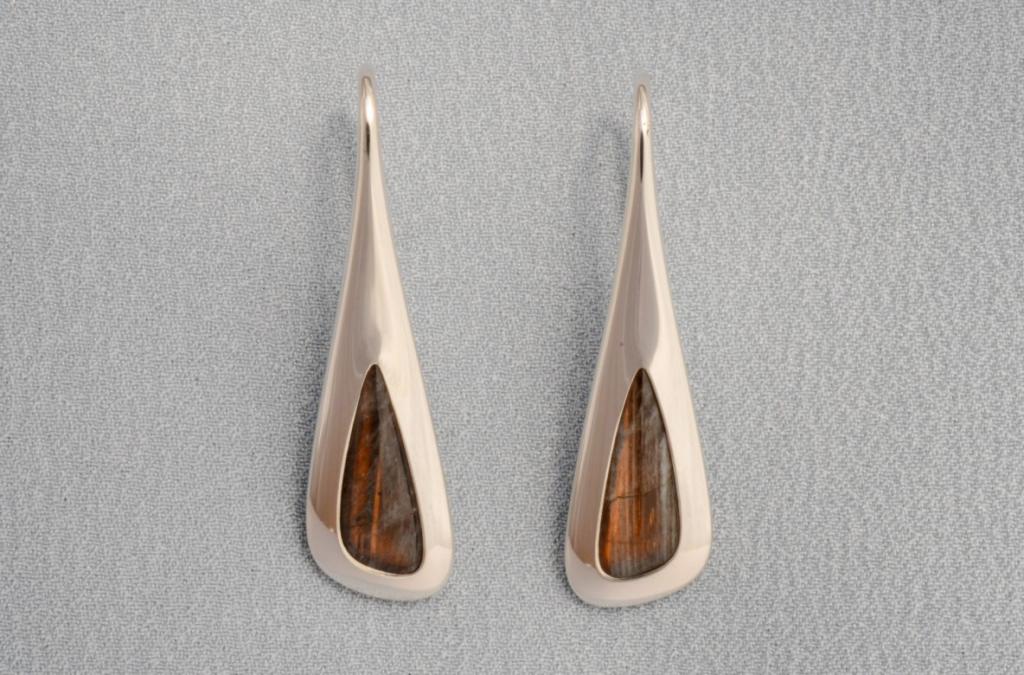
Orange Labradorite Earrings
Orange labradorite is not common. The stones in these earrings are cut from material found in Labrador, Canada.
The side of the cut stone has been slightly bevelled, and the surrounding sterling silver is "upset" or "flowed" into contact with this. The result is mechanically secure (no glue is used). This method yields a feeling of thickness and substance and clean surrounds to the stone.
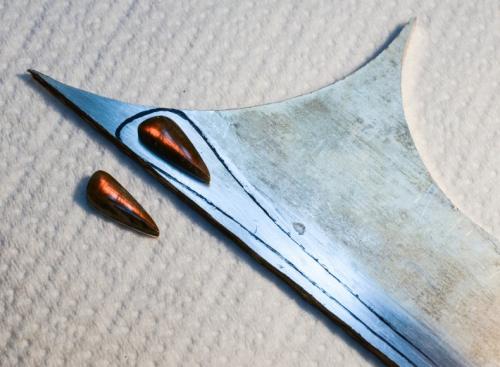
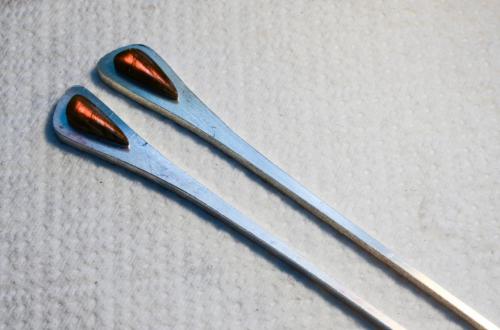
Because labradorite cleaves easily, the back of the stones themselves are glued to a layer of sterling. The raw materials are: the sterling-backed orange labradorites, and a 3mm. thick sheet of sterling silver.
Two strips of sterling sheet are cut to shape.
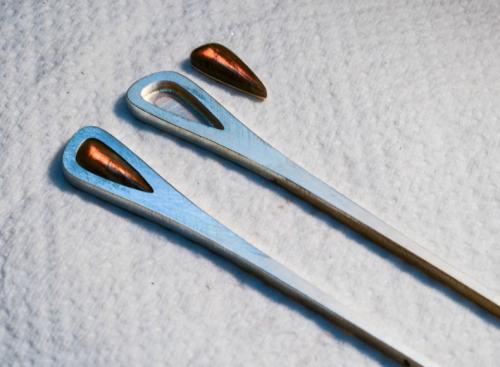
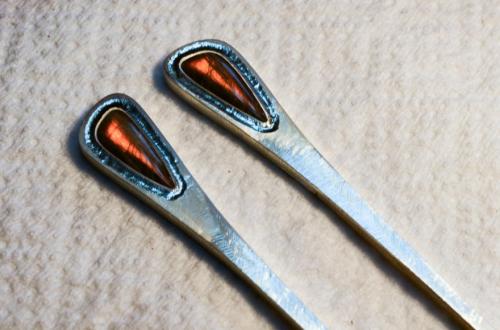
Vertical-sided openings in the metal are very precisely cut to the outline of the stones. After an exact fit is achieved, a sterling "table" is soldered into the back of each opening.
The sterling around the stones is depressed by being carefully and firmly tapped. This forces the metal to displace sideways. Given precise preparation, the metal moves and contacts the stone along the very top of its bevelled edge.
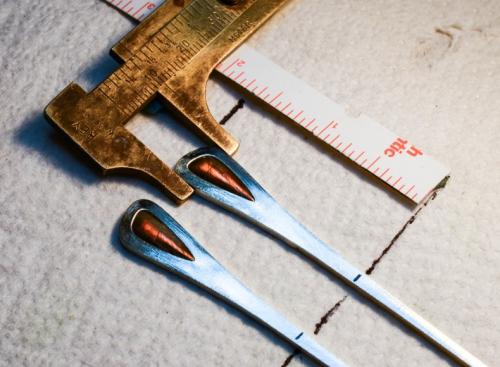
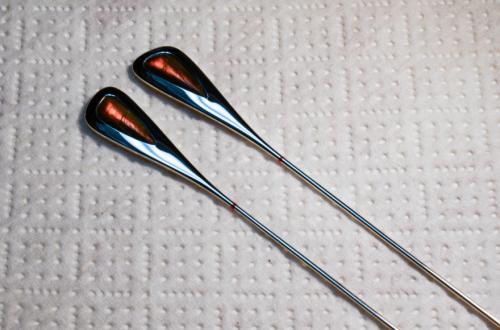
All evidence of the tapping is carefully filed off (a good way to protect the stone is to use files with safety edges and to work with one's fingernail firmly between the stone and the file). Measurements are taken to meet the customer's wishes.
The final shape and dimensions are sculpted back and polished while the earrings are straight. A small amount of hammering partly work-hardens the area on each earring that will become the crook-shaped wire.
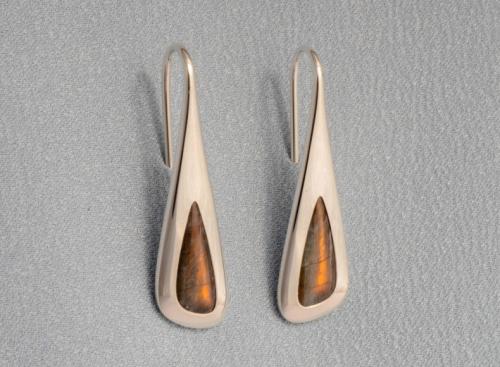
The finished pair. The wires are bent to their final crook-shape and polished.
